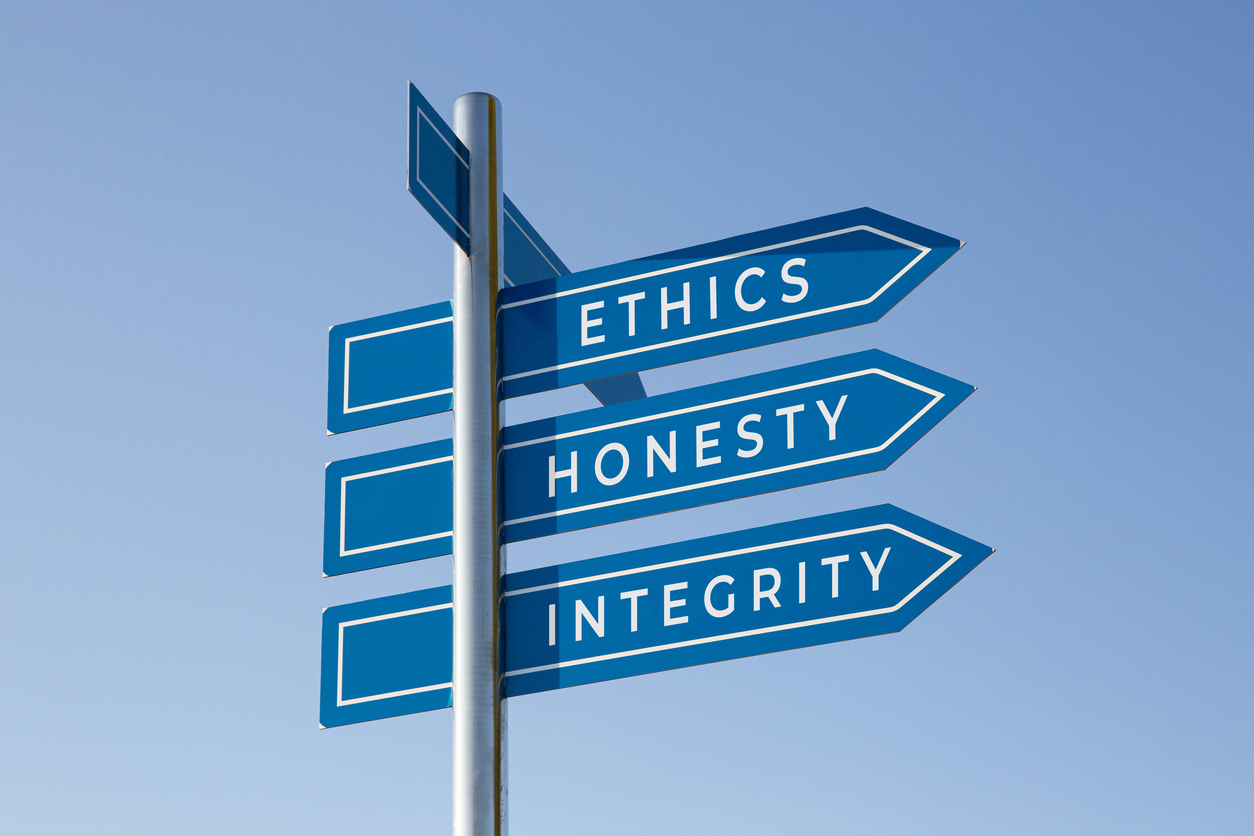
Written by
Drew Gieseke
Drew Gieseke is an aPHR®-certified marketing professional who writes about HR, compliance, and healthcare solutions.
What to Do if an Employee Tests Positive for Coronavirus

Imagine for a second that you’ve decided to reopen your office. You’ve ensured that your team will remain six feet apart at all times, you’ve increased your cleaning services, and even implemented a mask policy for all employees. Yet despite all of these precautions, you’re still hit with unfortunate news: an employee has tested positive for COVID-19. Find out what you need to do, step-by-step.
How Do I Prep My Team to Return to Work?
It’s very likely that if you’re considering reopening your office—or if you already have—that you’ve taken the time to communicate a return-to-work plan to your employees.
Likewise, it’s recommended that all employers consult a reopening checklist to ensure that they’re keeping their team as safe as possible before and during the first phases of workplace re-entry.
Consider the following CDC recommendations for workplace reopening:
- Employees must remain six feet apart at all times
- Employees must be masked while in the office
- Additional disinfection services must be offered
- Hand sanitizer will be available throughout the office
Yet even these measures may not completely mitigate the risk of spread within the workplace—particularly if you or an employee unknowingly contracts the virus outside of the office.
Before an Employee Tests Positive
First, it’s vital that you already have a plan in place even before an employee tests positive for COVID-19. According to the CDC, all employers should implement plans that are specific to their workplace, identify all areas and job tasks with potential exposure to COVID-19, and include measures to limit or eliminate such exposure.
With proper preparation, you’ll be able to move quickly so that you’re proactively protecting your team and customers (if applicable). It’s even recommended that each workplace identifies a teammate to handle COVID-19-related responsibilities.
Remember also that there are questions that you can and can’t ask employees regarding their health status and the pandemic. The last thing an organization needs on top of a coronavirus outbreak is a lawsuit claiming that you’ve infringed on your employees’ rights.
What Should I Do if an Employee Tests Positive for COVID-19?
While every case represents a unique instance of infection—as every office and industry are different—stick to the following CDC-recommended measures once a team member tests positive (or is suspected to have a COVID-19 infection):
- If the sick worker has been in the office within the past seven days, close off any areas used for prolonged periods of time by that individual
- If the sick worker has not been in the office within the past seven days, additional disinfection is not necessary
- If you have a small office where all teammates are comingled, employers should treat the entire space as infected and revert to remote work until the office has been properly disinfected and exposed employees have worked from home and self-monitored their symptoms for 14 days (see step #5 for more details)
- Wait 24 hours (or as long as possible) before disinfection to prevent exposure to respiratory droplets in the infected area
- The CDC also provides cleaning and disinfecting best practices
- Open windows and doors during the 24-hour waiting period to increase air circulation
- Identify which employees may have been exposed and inform them of their potential exposure (but keep details confidential as required by the Americans with Disabilities Act)
- Follow the CDC’s Public Health Recommendations for Community-Related Exposure, including instructing employees to work from home for 14 days following last exposure
- While no specific CDC guidelines exist for reopening after 24 hours, employers should consider following procedures similar to their initial reopening, as well as the previous points listed above
Note: The CDC says that “employers should not require a COVID-19 test result or a healthcare provider’s note for employees who are sick to validate their illness, qualify for sick leave, or to return to work,” as many healthcare providers may be backed up and unable to provide this kind of documentation in a timely manner.
Ultimately, it’s the employer’s responsibility to keep the workplace safe and to protect their employees. Organizations should be open to and plan for additional remote work scenarios for their entire team in the event that an outbreak occurs.

Written by
Drew Gieseke
Drew Gieseke is an aPHR®-certified marketing professional who writes about HR, compliance, and healthcare solutions.
Related Posts
Yes, you can use a health savings account, or HSA, for cosmetic surgery, but only in...
According to the KPMG 2023 CEO Outlook, 64% of business leaders believe there will be a...
Thomas J. Peters, best known for his book In Search of Excellence, once stated, “The day...
According to the Ethics and Compliance Initiative’s (ECI) 2023 Global Business Ethics...






Submit a Comment